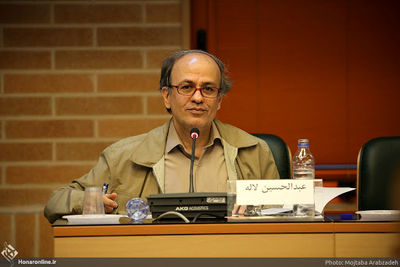The biennial will open on May 16, which is celebrated as World Communications Day every year, IAA Multimedia Department director Abdolhossein Laleh announced in a press release on Sunday.
“This biennial aims to bring together distinguished scholars, artists and academic figures from the Islamic world to provide them an appropriate place to exchange their experiences and results of their studies on digital art,” he said.
“In its constitution, the academy has been assigned the task of monitoring the condition of arts in all forms in the country and abroad, and digital art is a pretty new universal phenomenon and its impacts can be extensively observed and assessed,” he added.
He noted that arts in the modern world have widely been influenced by digital technology and added that the technology has been initiated to improve the quality of artworks.
“Therefore, we should monitor the developments across the world, in particular in the Islamic world, and also probe the panorama of using digital art in the countries,” Laleh asserted.
Due to the fact that the IAA is a study center, he said that the biennial will focus on educational subjects, however, a collection of software and examples of digital artworks will also be showcased.
“It seems that countries from the Islamic world such as Turkey and Malaysia have made great advances in this field and we hope that our academics can use their experience during the biennial,” he added.
The IAA was established in 1998 “to safeguard national Islamic art and cultural heritage.”
President Hassan Rouhani selected Bahman Namvar-Motlaq, a comparative literature graduate of Blaise Pascal University in France, to helm the IAA as a new director of the academy on March 9.
He is also the dean of the Farshchian University of Iranian-Islamic Arts established by the Islamic Azad University in 2018.
He has recently appointed actor Ali Nasirian to the IAA Drama and Dramatic Literature Department, and filmmaker Majid Majidi as the director of the IAA Cinema Department.

